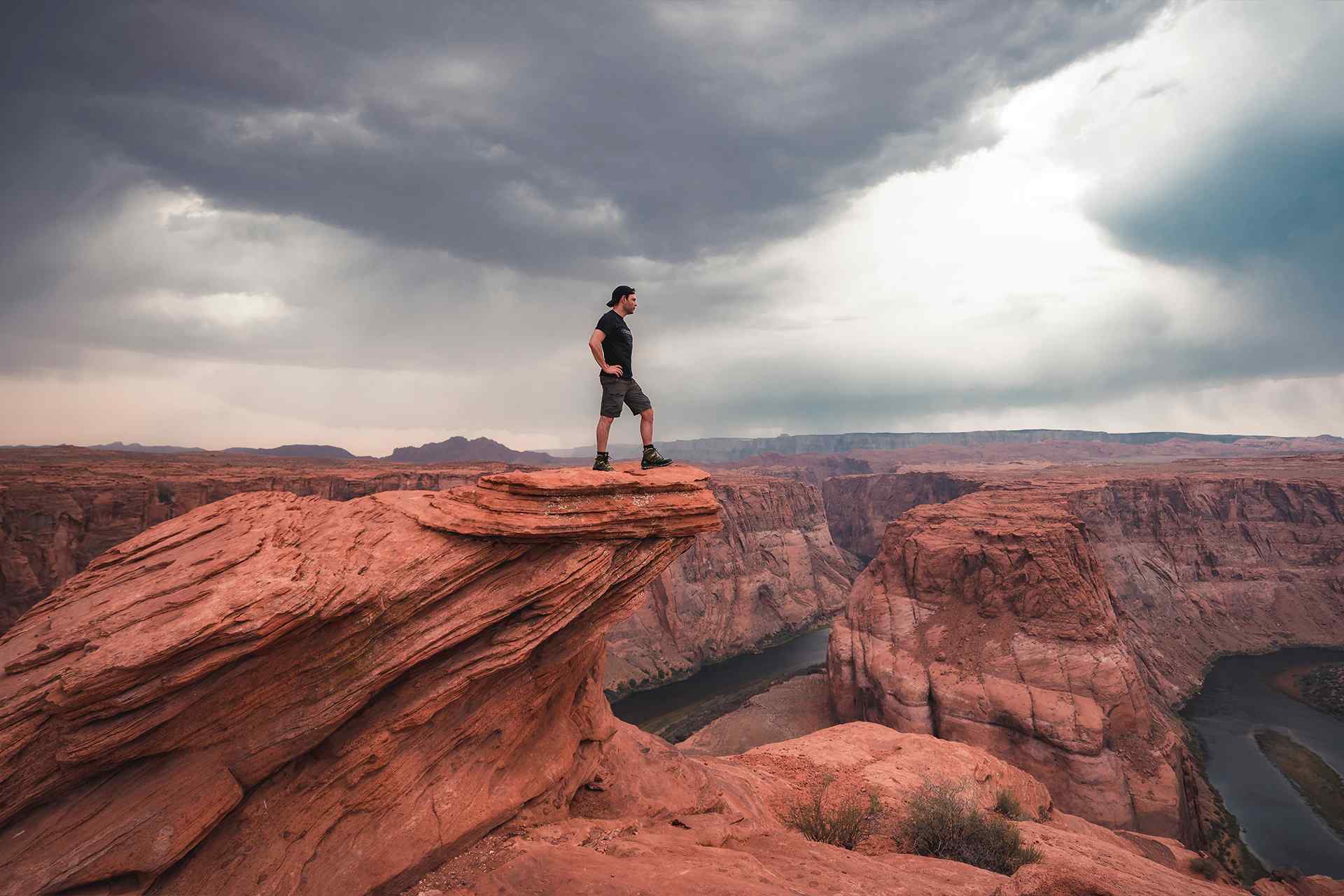Over the past 21 years, 21 new species of dinosaurs have been unearthed by scientists in the monument, leading some to call these lands a “Dinosaur Shangri-la,” or a “geologic wonderland.” Grand Staircase holds one of the richest collections of fossils from the Late Cretaceous Period, which gives scientists and the public alike an unparalleled window into the dinosaurs that lived in these lands 10 million years ago. They included frilled dinosaurs, duck-billed dinosaurs and two new astounding tyrannosaurs (whose names translate to “monstrous murderer” and “king of gore,” sure to draw awe from young dinosaur enthusiasts).
And for historians and anthropologists, the region is a window into the human exploration of the West from the civilizations of the Southern Paiute and Navajo peoples to the expeditions of John Wesley Powell and the trails of the Mormons pioneers seeking refuge in the desert. Ghost towns, rock houses, cowboy camps and the renowned Hole-in-the-Rock Trail all are preserved within the boundaries of the monument. Grand Staircase’s mind-twisting slot canyons draw adventurers from around the world. Peregrine falcons, bald eagles, mountains lions, and bears roam these lands.
In myriad ways, national monument protections for the rugged lands of Grand Staircase, managed under federal law well before Utah achieved statehood, have served us well. It’s a success story for the Antiquities Act, the 1906 law that authorizes presidents to protect the nation’s archaeological, scenic and scientific wonders as national monuments.



